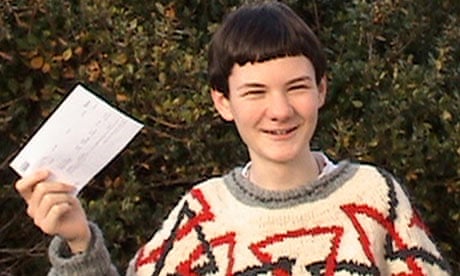ARPANET Updated 2025-07-16
Bibliography:
- some good interview excerpts with some of the pioneers on Glory of the Geeks
Don Valentine Updated 2025-07-16
He was at Fairchild. That place was nuts.
python/sphinx/hello Updated 2025-07-16
Minimal example. Gives a hint at how boilerplate heavy Sphinx can be!
Oxford slang Updated 2025-07-16
Bibliography:
Oxford student initiative Updated 2025-07-16
Pros and cons of superconducting qubits Updated 2025-07-16
Spin-transfer torque Updated 2025-07-16
Introduction to Spintronics by Aurélien Manchon (2020) spin-transfer torque section
. Source. Describes how how spin-transfer torque was used in magnetoresistive RAM
More comments at: Video "Introduction to Spintronics by Aurélien Manchon (2020)".
Sun Updated 2025-07-16
Ubuntu feature request Updated 2025-07-16
USB Micro-B Updated 2025-07-16
Varsity (Cambridge) Updated 2025-07-16
Why do the up ad down quarks have different masses? Updated 2025-07-16
Arran Fernandez Updated 2025-07-16
Intangible asset Updated 2025-07-16
Kavli Institute for Theoretical Physics Updated 2025-07-16
Launchpad (website) Updated 2025-07-16
Michaelmas term Updated 2025-07-16
MineDojo Updated 2025-07-16
Nuxt.js Updated 2025-07-16
Random-access memory Updated 2025-07-16
In conventional speech of the early 2000's, is basically a synonym for dynamic random-access memory.
Unlisted articles are being shown, click here to show only listed articles.
